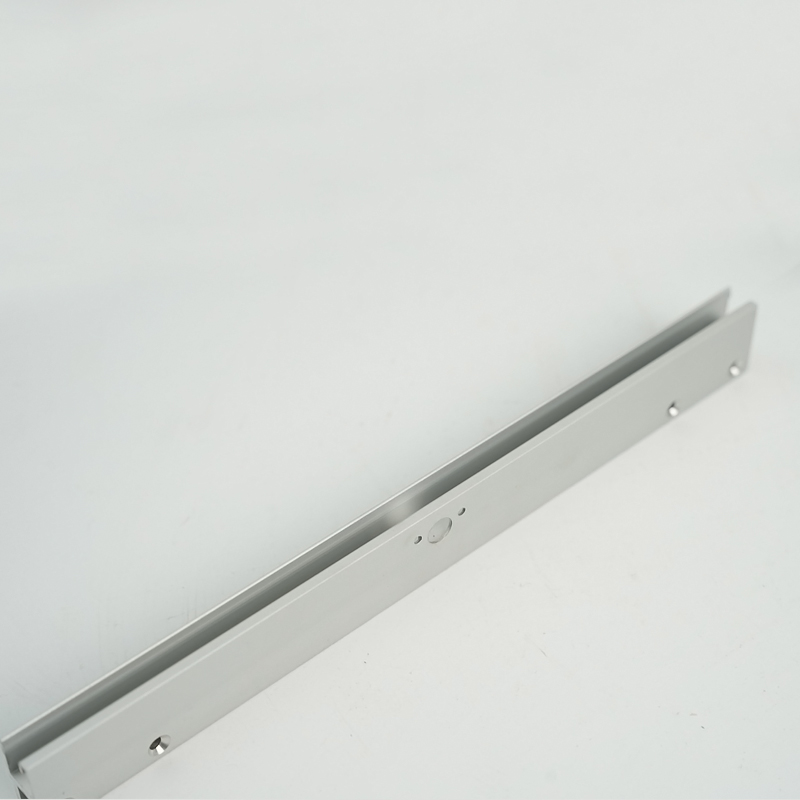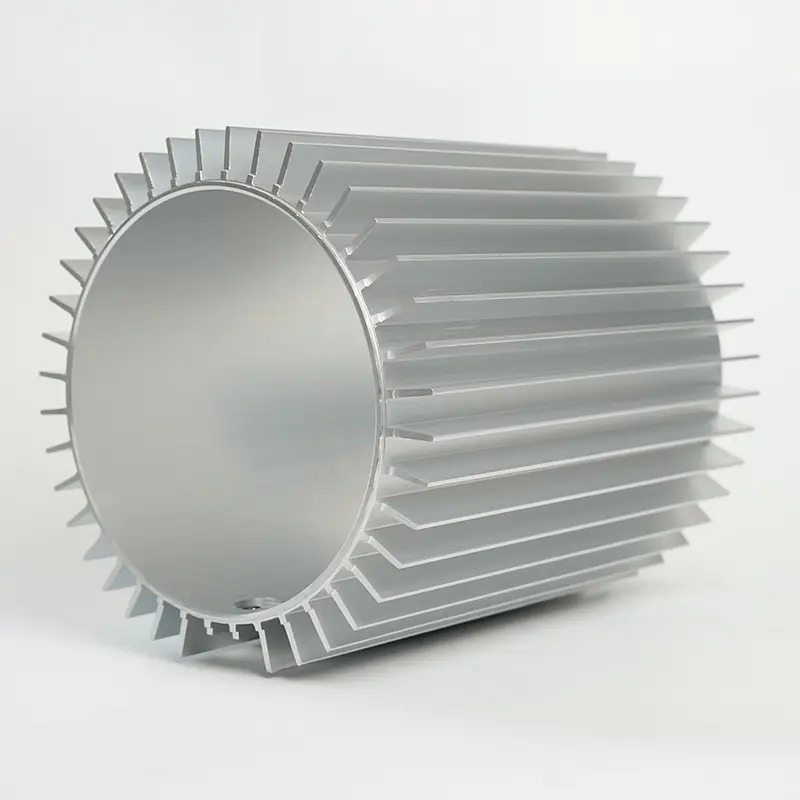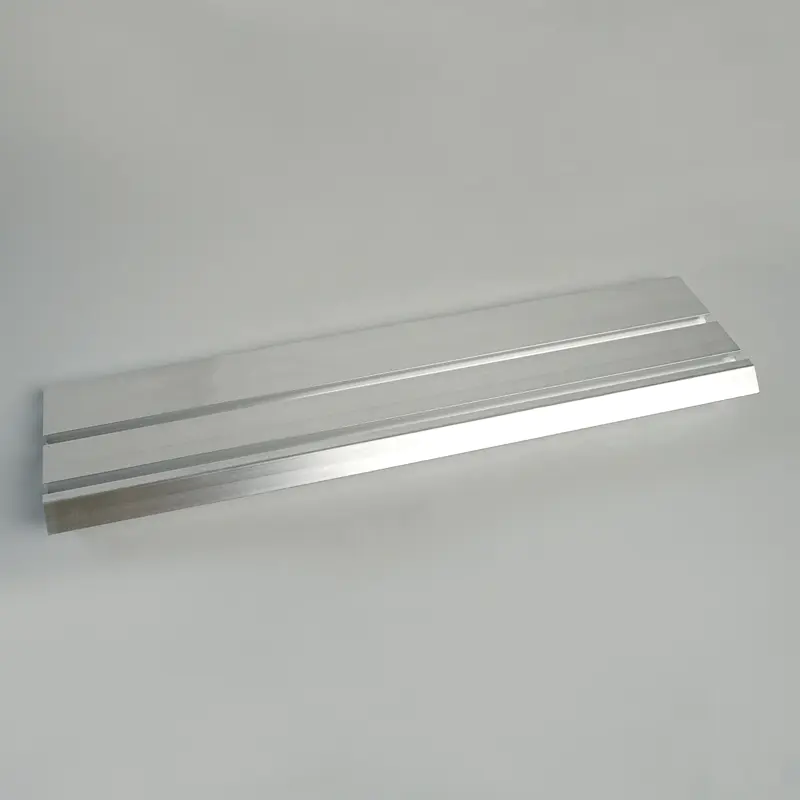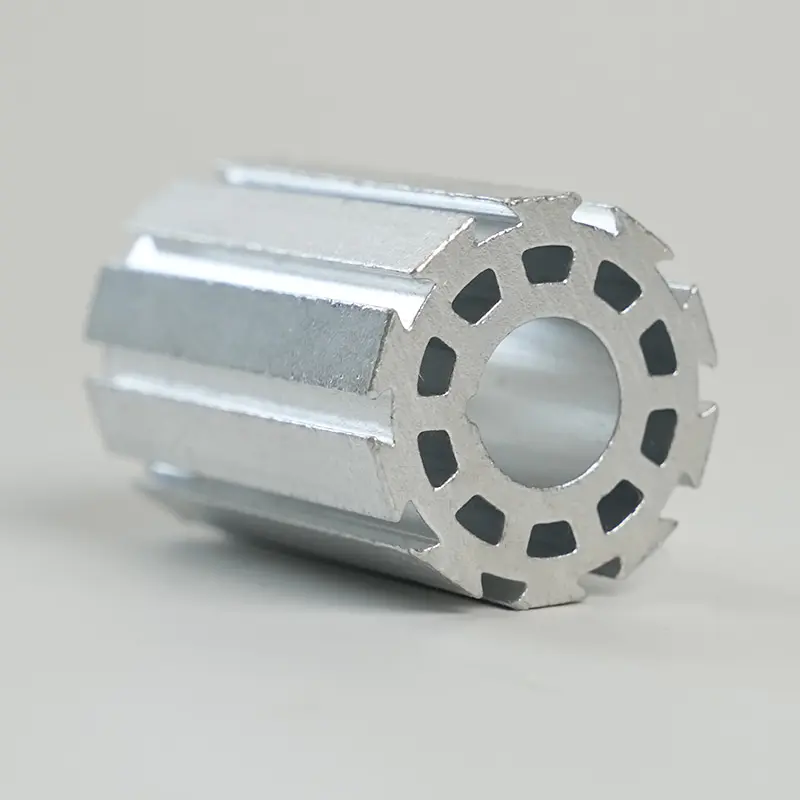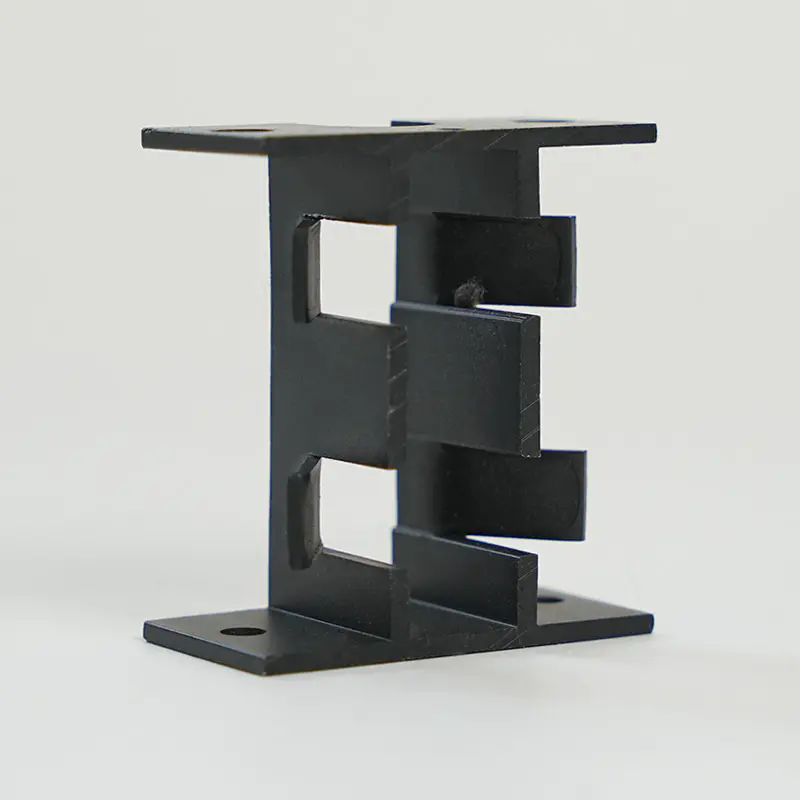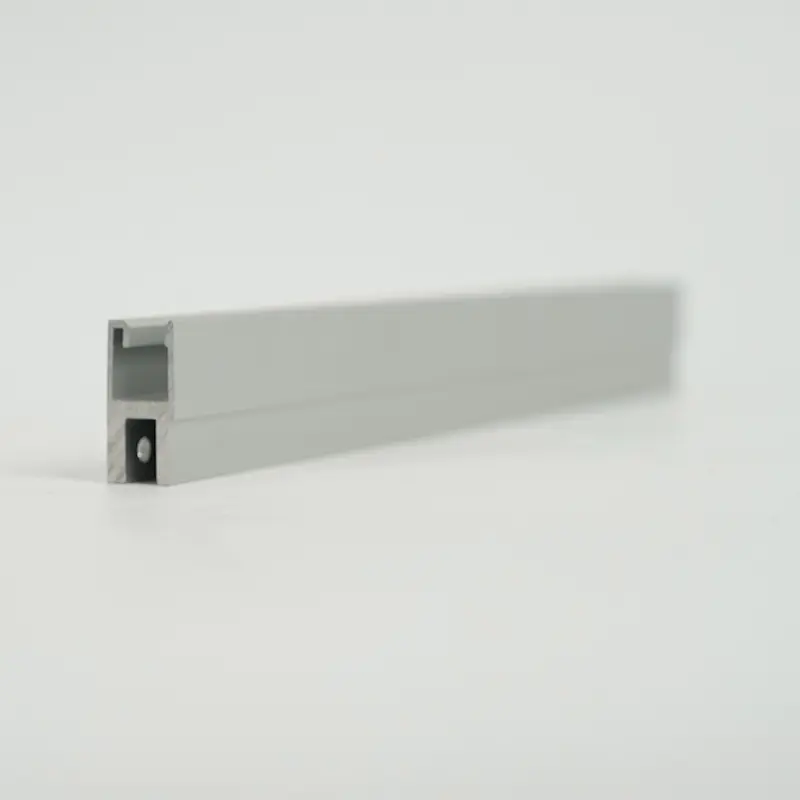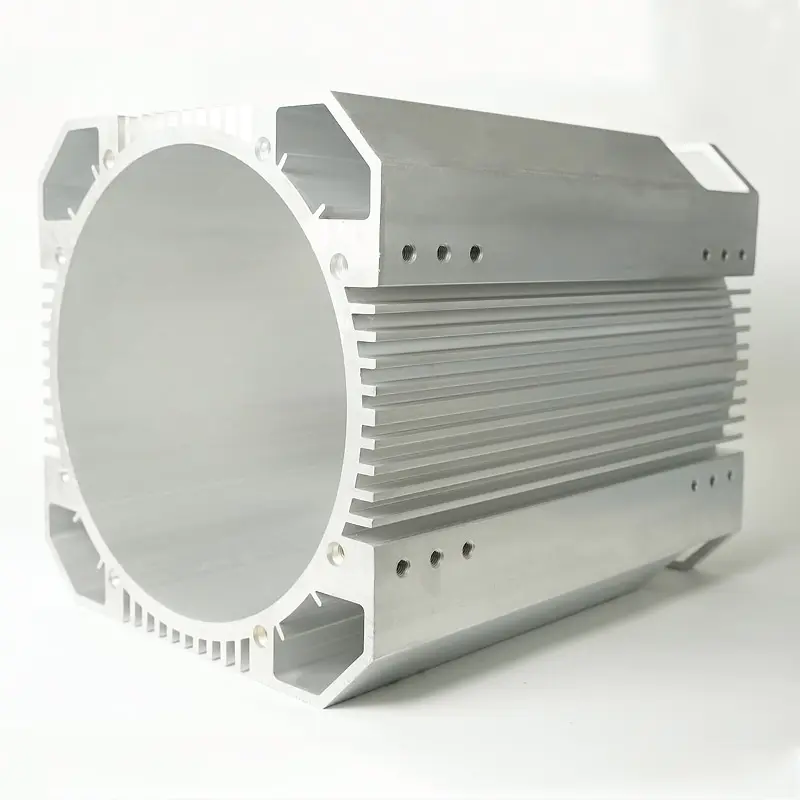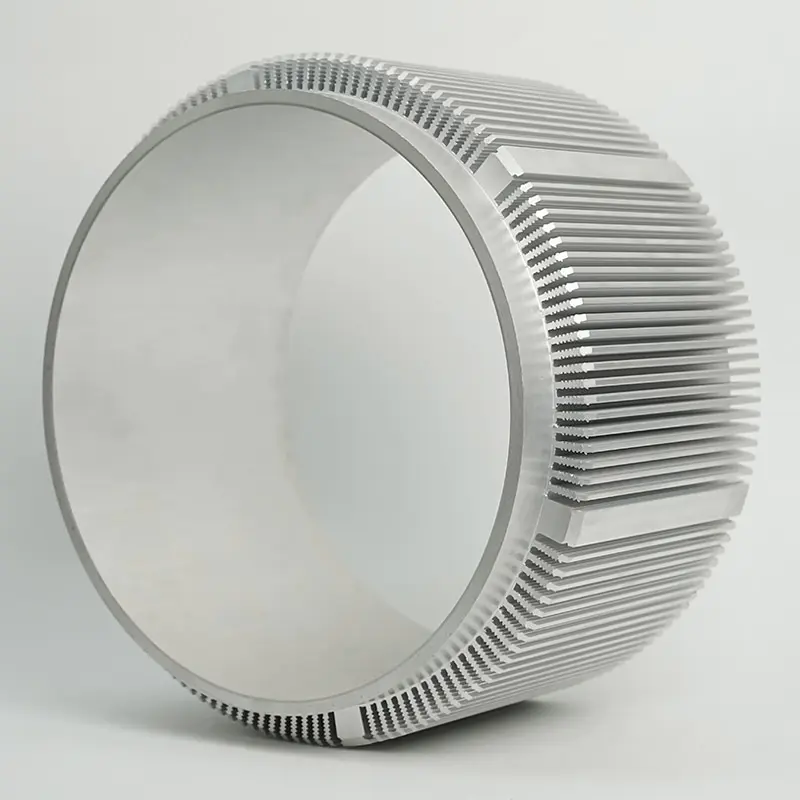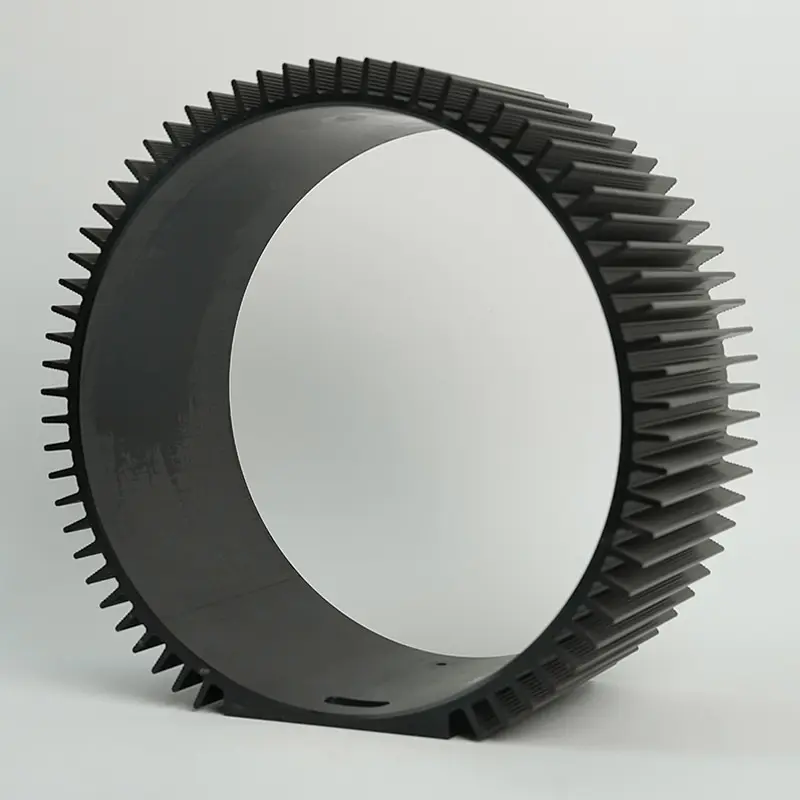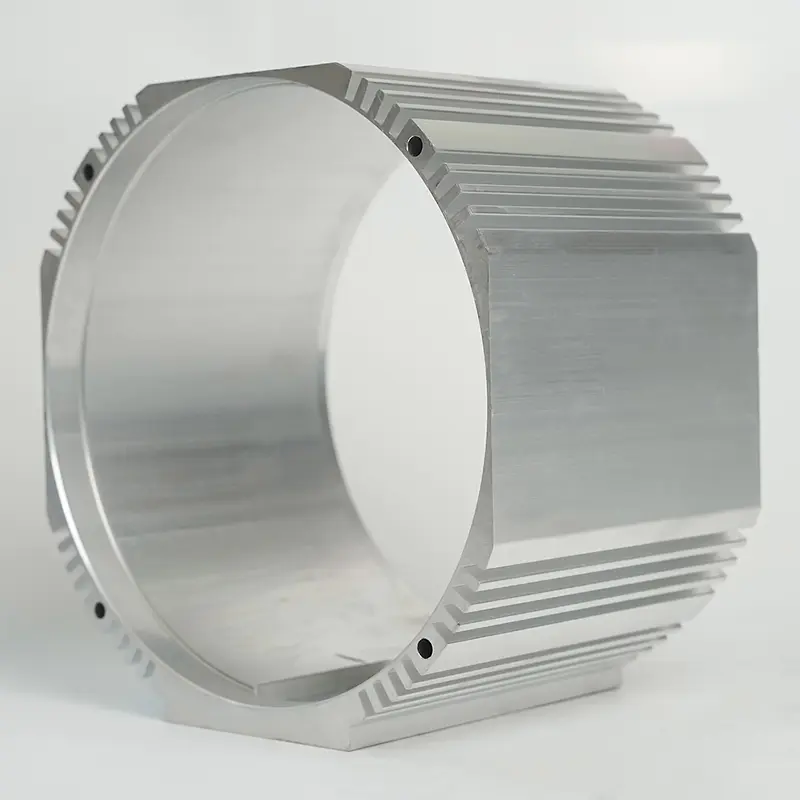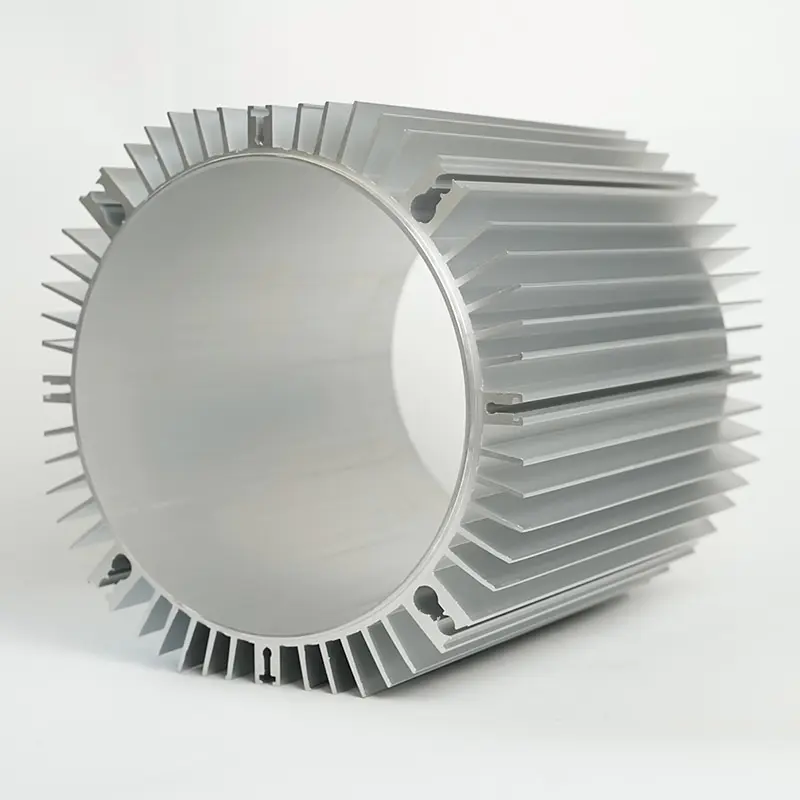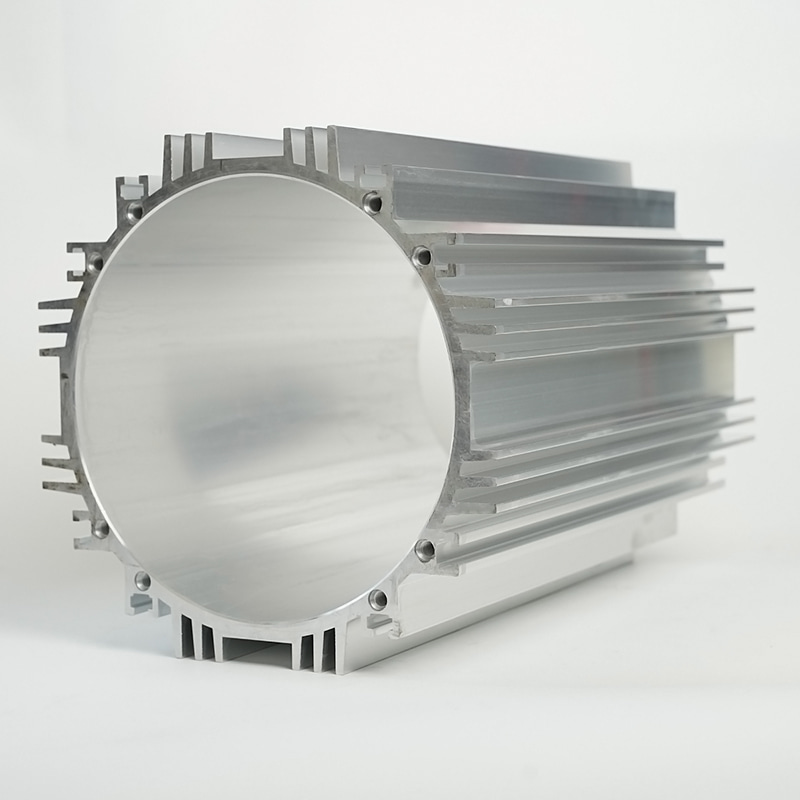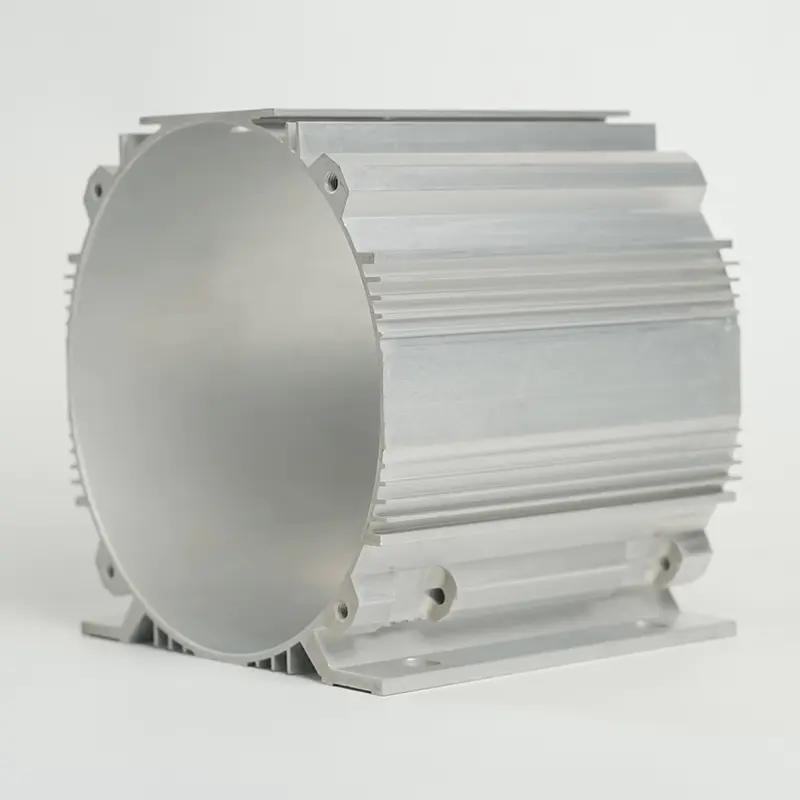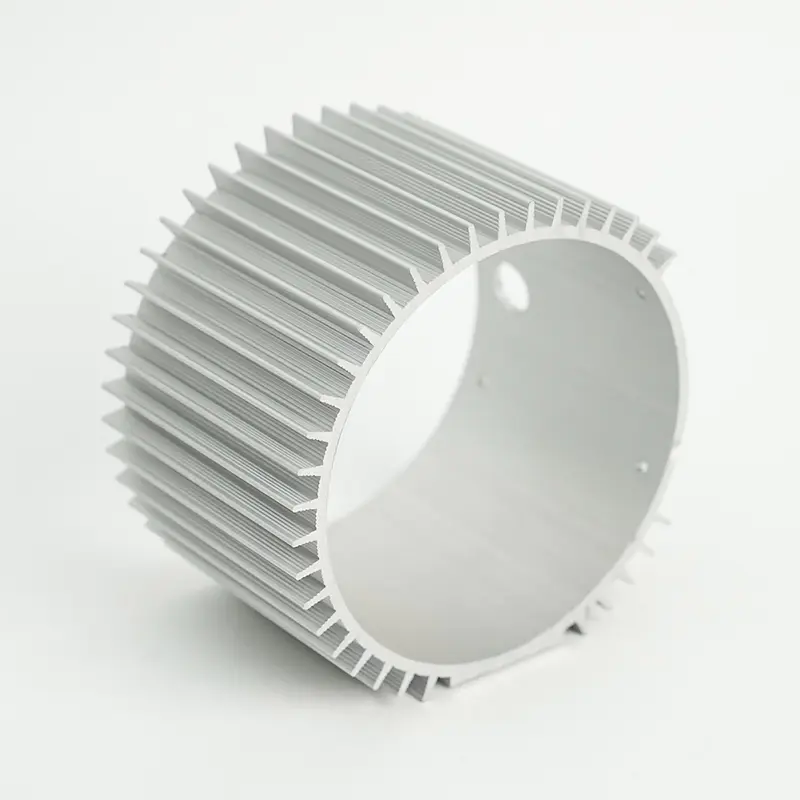The relentless growth of renewable energy and the electrification of everything from transportation to the grid have placed energy storage systems (ESS) at the forefront of technological innovation. At the heart of every reliable ESS lies a critical challenge: thermal management. While battery cells generate heat during operation, it is the effective dissipation of this heat that ensures safety, longevity, and performance. This is where the humble energy storage heat sinks housing transforms from a passive container into an active, critical component of the thermal solution. This article delves into the advanced materials, innovative designs, and integral role of the housing in modern energy storage, exploring how breakthroughs in this area are paving the way for safer, more efficient, and longer-lasting systems.
Why Advanced Housing is a Game-Changer for ESS Thermal Management
Traditional thermal management often focused primarily on the heat sink itself—its fin density, base thickness, and material. However, this approach is incomplete. The housing that encapsulates the heat sink and interfaces with the battery cells plays an equally vital role. An advanced housing does more than just hold components; it actively participates in heat dissipation, structural integrity, and system isolation. It acts as the primary thermal conduit, drawing heat away from sensitive battery cells and transferring it efficiently to the heat sink fins or a liquid cooling plate. The choice of material, its thermal conductivity, weight, and corrosion resistance directly impact the entire system's efficiency. Furthermore, a well-designed housing protects against environmental factors like moisture and dust, ensures electrical isolation, and can even incorporate features for easier maintenance and monitoring. Ignoring the housing design is like having a powerful engine in a poorly designed car chassis; the potential cannot be fully realized, leading to inefficiencies and potential safety hazards like thermal runaway.
- Enhanced Thermal Conduction: The housing material's intrinsic thermal conductivity determines how quickly heat is pulled from the source and spread across the surface area for dissipation.
- Structural and Environmental Protection: It provides a robust barrier against physical damage, vibration, and corrosive elements that could compromise battery life and safety.
- System Integration and Lightweighting: Modern designs focus on making housings lighter through advanced materials like composites, contributing to higher energy density for mobile applications.
- Safety First: A properly designed housing is a first line of defense against thermal runaway, containing incidents and preventing them from cascading through the entire battery pack.
Selecting the Optimal Material for Your Heat Sink Housing
The selection of material for a heat sink housing is a complex trade-off between thermal performance, mechanical properties, weight, and cost. There is no one-size-fits-all solution, and the optimal choice depends heavily on the specific application, whether it's a large-scale grid storage facility or a compact electric vehicle battery pack. Aluminum alloys have long been the industry standard, offering an excellent balance of good thermal conductivity, relatively low cost, and ease of manufacture through extrusion or die-casting. However, the quest for lighter weight and higher performance has driven innovation in other materials. Copper, while superior in thermal conductivity, is often ruled out for large-scale applications due to its high cost and weight. Recently, advanced composite materials and thermally conductive plastics have emerged as compelling alternatives. These materials can be engineered to provide adequate thermal management while being significantly lighter and resistant to corrosion, and they can be molded into complex, integrated shapes that reduce the number of parts and assembly time.
- Aluminum Alloys: The workhorse of the industry, known for its good thermal performance and cost-effectiveness.
- Copper Alloys: Offers the best thermal conductivity but is often impractical for large systems due to density and expense.
- Thermally Conductive Composites: Lightweight and corrosion-proof, these are ideal for applications where weight savings are critical.
- Advanced Thermal Plastics: Provide excellent design flexibility and electrical insulation, suitable for less thermally intense applications.
| Material | Thermal Conductivity (W/m·K) | Key Advantage | Ideal Application |
| Aluminum 6063 | 200-220 | Best overall value & manufacturability | Commercial & Industrial ESS |
| Copper C11000 | 390-400 | Maximum thermal performance | High-density compute battery backups |
| Thermal Composite | 15-50 | Extreme lightweight & no corrosion | Electric Vehicle Battery Packs |
| Advanced Nylon (40% GF) | 5-10 | Complex shapes & cost-effective | Consumer electronics power banks |
Innovative Design Strategies for Maximizing Cooling Efficiency
Beyond material selection, the physical design of the energy storage heat sinks housing is paramount for maximizing cooling efficiency. Modern design strategies leverage computational fluid dynamics (CFD) and advanced manufacturing techniques to create geometries that were previously impossible. The goal is to maximize the surface area in contact with the cooling medium (air or liquid) while minimizing airflow resistance. This involves intricate fin designs, turbulators to disrupt laminar flow and enhance heat transfer, and the strategic placement of channels for liquid cooling. For air-cooled systems, the housing design must work in concert with fan placement to ensure optimal airflow across all critical areas, avoiding hot spots. For liquid-cooled systems, the housing often integrates cold plates with microchannels that directly interface with the battery cells, offering superior heat removal capabilities. The trend is towards holistic, integrated design where the housing, heat sink, and cooling system are co-engineered as a single unit rather than assembled from discrete components.
- Topology Optimization: Using software algorithms to create material-efficient structures that provide optimal heat transfer paths and structural support.
- Integrated Liquid Cooling Channels: Designing the housing itself to contain sealed passages for coolant, turning the entire module into a heat exchanger.
- Additive Manufacturing (3D Printing): Allowing for the creation of complex, lightweight lattice structures inside the housing that dramatically increase surface area for cooling.
- Conformal Cooling Designs: Designing cooling channels that perfectly follow the contours of the heat-generating components for uniform temperature distribution.
Addressing Thermal Runaway: How Housing Design Enhances ESS Safety
Thermal runaway is the most feared failure mode in lithium-ion battery systems—a rapid, uncontrolled self-heating chain reaction that can lead to fire or explosion. While preventing the initiation of thermal runaway is the first goal, containing it is equally critical, and this is where energy storage heat sinks housing design becomes a vital safety feature. A housing designed for safety acts as a barrier, isolating a failing cell or module to prevent the propagation of heat and flammable gases to adjacent units. This can be achieved through the use of fire-retardant materials, intrinsic to the housing itself or as internal coatings. The design can also include strategically placed vents that safely direct expanding gases and heat away from the system in a controlled manner, mitigating the risk of a catastrophic rupture. Furthermore, the housing's thermal mass can be used to absorb and temporarily contain heat, buying crucial time for safety systems to activate. These passive safety measures, integrated directly into the housing, provide a robust last line of defense that is always active, regardless of the status of electronic monitoring systems.
- Fire-Retardant Material Selection: Choosing materials that do not fuel a fire and can withstand extreme temperatures without structural failure.
- Compartmentalization: Designing internal barriers within the housing to isolate individual cells or modules, limiting the scope of any incident.
- Pressure-Release Venting: Incorporating engineered weak points or vents that open at a predetermined pressure to safely vent gases and prevent explosion.
- Thermal Insulation Layers: Integrating internal insulation to slow heat transfer to neighboring cells, effectively stalling the propagation of thermal runaway.
Future Trends: The Path Towards Smarter, Integrated Thermal Solutions
The future of energy storage heat sinks housing is moving towards intelligent, fully integrated systems that do more than just manage heat. The concept of a "smart housing" involves embedding sensors directly within the housing material or onto its surface to provide real-time data on temperature, pressure, and structural integrity. This data can be fed into a battery management system (BMS) to enable predictive maintenance and dynamic thermal control, adjusting cooling efforts based on actual need rather than worst-case scenarios. Material science will continue to advance, bringing forth new alloys, composites, and ceramics that offer even better thermal performance at lower weights and costs. We can also expect greater integration of phase-change materials (PCMs) into housing designs, which absorb large amounts of heat during peak loads. Finally, sustainability will become a key driver, with a focus on designing housings for easy disassembly, recycling, and the use of recycled materials, ensuring that the thermal management solution is efficient not only in operation but throughout its entire lifecycle.
- Embedded Sensor Networks: Housing with built-in fiber optic or micro-sensors for real-time thermal and structural health monitoring.
- Multi-Functional Composites: Materials that provide structural strength, thermal conduction, and electrical insulation all in one.
- Active Hybrid Cooling: Housings that seamlessly integrate both passive (heat sinks) and active (liquid cooling, piezoelectric fans) cooling methods.
- Design for Recyclability: Moving away from bonded assemblies to modular designs that can be easily separated and recycled at end-of-life.
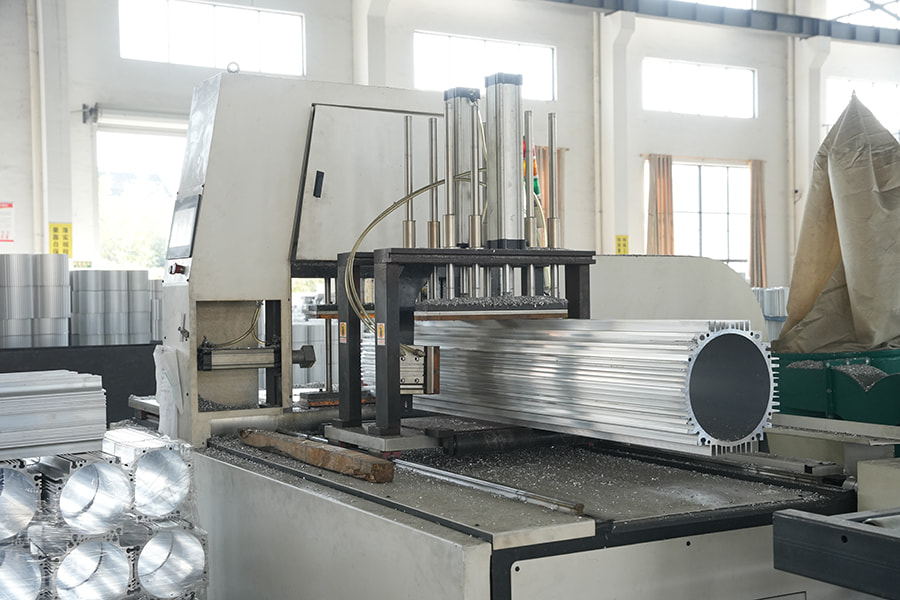
FAQ
What is the primary function of a heat sink housing in an energy storage system?
The primary function of an energy storage heat sinks housing extends far beyond mere encapsulation. Its core roles are thermal management and safety. Firstly, it acts as a critical thermal conduit, efficiently drawing heat away from the battery cells and transferring it to the primary heat dissipation structure (fins or a cold plate). This is essential for maintaining the battery within its optimal temperature range, which directly impacts performance, efficiency, and lifespan. Secondly, the housing provides crucial structural integrity, protecting the delicate internal components from physical damage, vibration, and environmental contaminants like moisture and dust. Most importantly, it serves as a fundamental safety barrier designed to contain incidents such as thermal runaway, preventing a failure in one cell from cascading to the entire pack and ensuring the overall system's operational safety and reliability.
How does aluminum compare to composite materials for heat sink housings?
The choice between aluminum and composite materials for heat sink housings involves a key trade-off between thermal performance, weight, and environmental resistance. Aluminum alloys, such as the common 6063, are the traditional choice because they offer high thermal conductivity (typically around 200-220 W/m·K), making them excellent at transferring heat. They are also cost-effective and easy to manufacture through processes like extrusion. However, aluminum is relatively heavy and can corrode. Advanced composites, on the other hand, are significantly lighter—often 40-60% lighter than aluminum—which is a critical advantage for electric vehicles and aerospace applications. They are also completely immune to corrosion. While their thermal conductivity is lower than aluminum (ranging from 15-50 W/m·K for thermally enhanced versions), their design flexibility allows engineers to create optimized shapes that can compensate for this, making them a superior choice where weight savings and durability are the top priorities.
What design features help prevent thermal runaway propagation?
Preventing thermal runaway propagation is a multi-faceted challenge addressed through several key housing design features. A primary strategy is compartmentalization, where the internal volume of the housing is divided into smaller, fire-resistant sections using barriers. This isolates any failing cell, containing the heat and flames. Secondly, pressure-release vents are critical; these are engineered openings that activate at a specific pressure to safely vent hot, expanding gases away from the pack, preventing a dangerous explosion. The selection of inherently fire-retardant materials for the housing itself ensures it does not contribute fuel to a fire. Additionally, incorporating layers of thermal insulation within the housing walls slows down heat transfer to adjacent cells, stalling the chain reaction. Finally, designs that maximize thermal conduction away from cells help keep overall temperatures lower, reducing the risk of runaway initiation in the first place.
Are liquid-cooled housings better than air-cooled for large-scale ESS?
For large-scale energy storage systems (ESS), liquid-cooled housings are generally considered superior to air-cooled solutions due to their higher heat removal capacity and efficiency. Air cooling, which relies on fans and fins, becomes increasingly inadequate as system density and power demands grow. It struggles with heat dissipation over large volumes, often leading to hot spots and requiring more space for airflow. Liquid cooling, where a coolant is circulated through channels integrated into the heat sink housing or cold plates, is far more effective. Liquids have a much higher heat capacity than air, allowing them to absorb more heat in a smaller volume. This enables a more compact system design, more uniform temperature distribution across all cells, and significantly better performance, especially in high-ambient temperatures or during high-power cycling. While liquid cooling systems have higher initial complexity and cost, their superior thermal management for large-scale applications results in greater system reliability, longevity, and safety, making them the preferred choice for modern, grid-scale battery installations.
How do smart housings with integrated sensors improve ESS maintenance?
Smart housings with integrated sensors represent a significant leap forward from preventative to predictive maintenance for Energy Storage Systems (ESS). Traditional maintenance relies on scheduled check-ups or reacting to problems after they occur. In contrast, smart housings have temperature, strain, and acoustic emission sensors embedded directly within their structure. These sensors provide a continuous, real-time stream of data on the actual operating conditions of the battery modules. This data allows a Battery Management System (BMS) to identify subtle anomalies, such as a slight temperature rise in a specific module or a change in structural vibrations, long before they develop into critical failures. This enables maintenance teams to schedule interventions precisely when needed, reducing unplanned downtime, extending the overall system lifespan, and optimizing operational efficiency. Ultimately, this proactive approach transforms maintenance, making it more efficient, cost-effective, and reliable, thereby maximizing the return on investment for the ESS.


 English
English Español
Español
